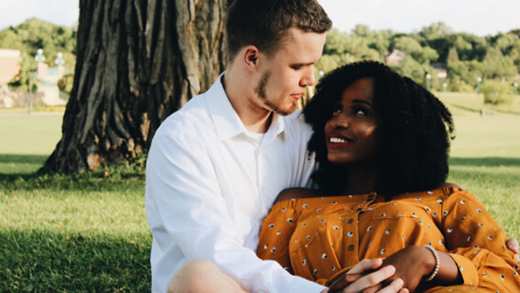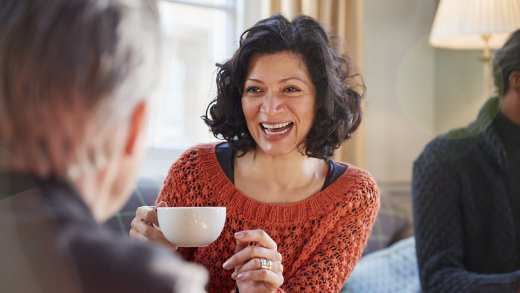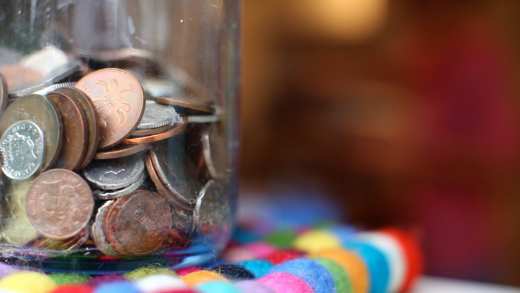Marriage allowance: your ‘I dos’ could mean you pay less tax

Here’s our three-minute guide to explain the must-knows when it comes to this Government scheme – and what it could mean for you and your better half.
You might have heard a thing or two about marriage allowance. It’s a way for married couples or those in a civil partnership to trim a little off their tax bill. So how does it work?
Marriage is all about sharing – that could include your tax-free allowance
Marriage allowance allows one spouse to transfer £1,260 of their personal allowance to the other, if they meet the conditions.
The potential tax saving is £1,260 at 20%, which is £252.
Meet all four of these? You’ve got the green light to apply
- You’re married or in civil partnership
- Either you or your other half earn below the personal allowance (meaning they don’t pay tax on their income)
- Your partner pays income tax at the basic rate
- You both need to have been born after 6 April 1935
Marriage allowance could be worth giving a closer look if you are on maternity leave, stay-at-home parents, retired, self-employed and unemployed, and your spouse is not a higher or additional rate taxpayer.
To apply for the marriage allowance, go to the government website.
The non-taxpayer should complete the application. Once you’ve submitted your application, you’ll receive a letter from HMRC detailing whether or not you’re eligible. It can take up to two months for successful applications to start providing the allowance. HMRC will also work out whether you’re due backdated money, so be sure to dot every I, cross each T and circle every O.
Born before 6 April 1935 – give married couple’s allowance a go
Marriage allowance and married couple’s allowance are two different things. Married couple’s allowance might be the one for you if you or your partner were born before 6 April 1935. You can find out more about Married Couple’s Allowance on the government website.
Your tax code will look a little different
If your application’s successful, your tax code will change too – depending on whether you’re getting the allowance or transferring it to your partner:
- Getting the allowance: your tax code will end with M
- Transferring the allowance: your tax code will end with N
Marriage Allowance claims are automatically renewed every year. But you should let HMRC know if your circumstances change Footnote [1]. These could include divorce, death, or if the non-tax paying partner starts to tiptoe over the personal allowance threshold.
Tax benefits can change and depend on an individual's circumstances.








